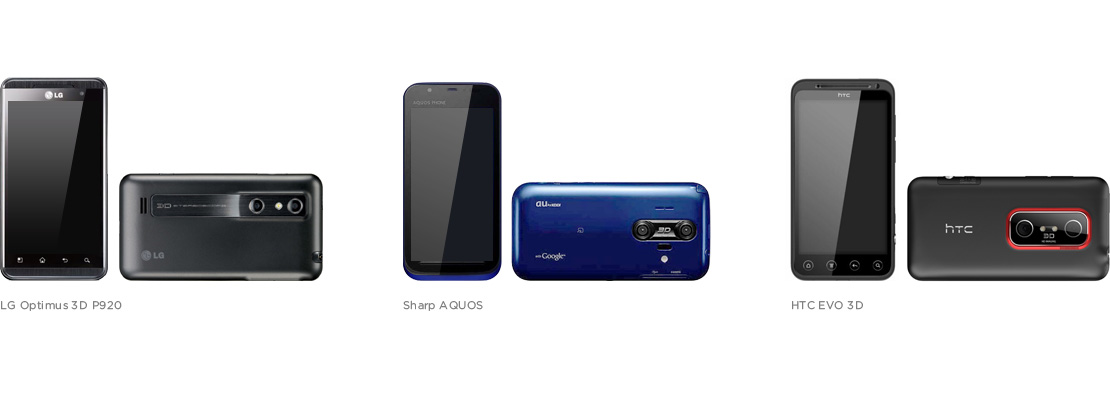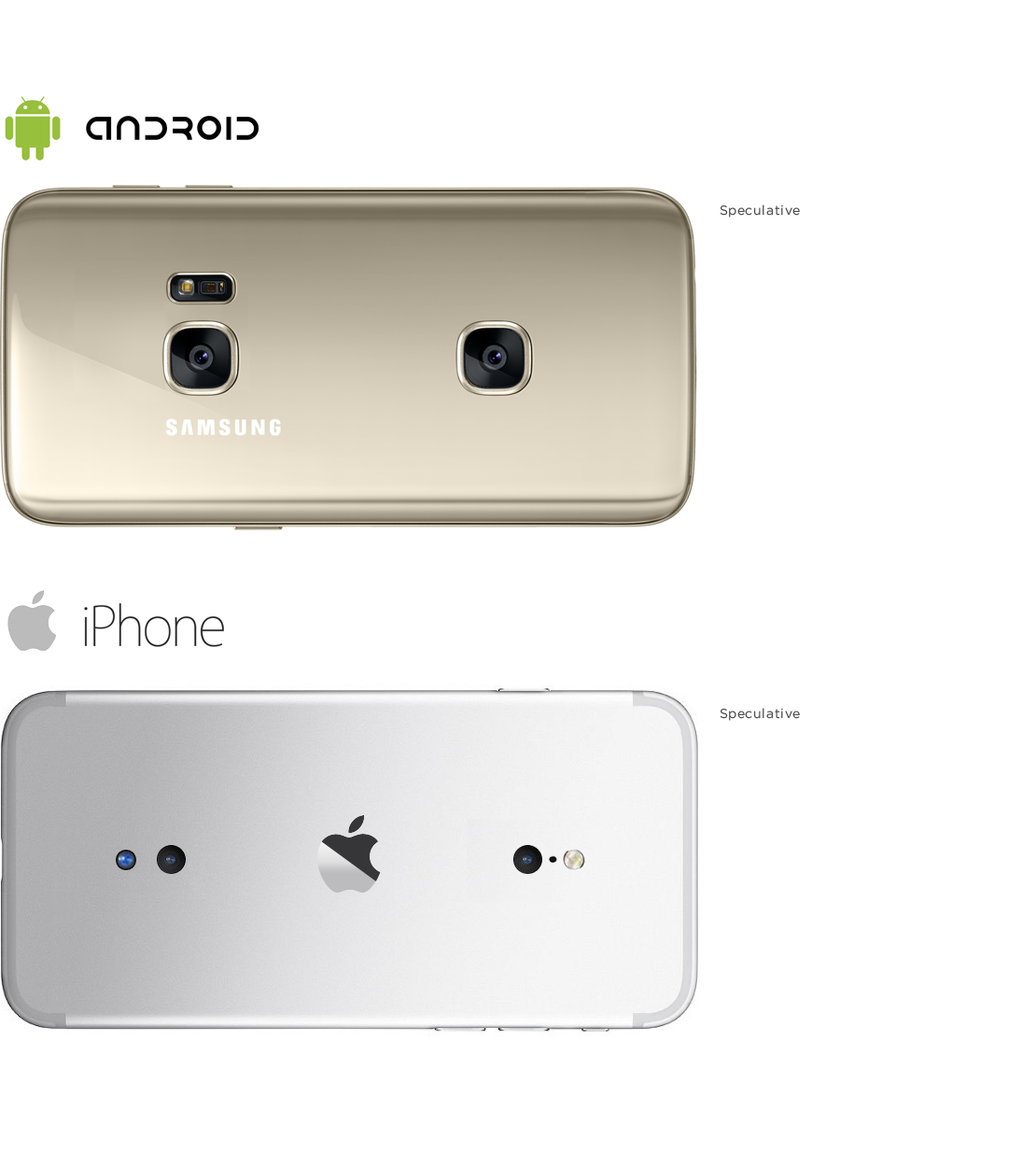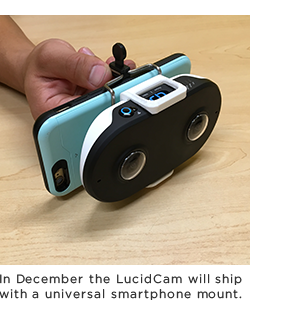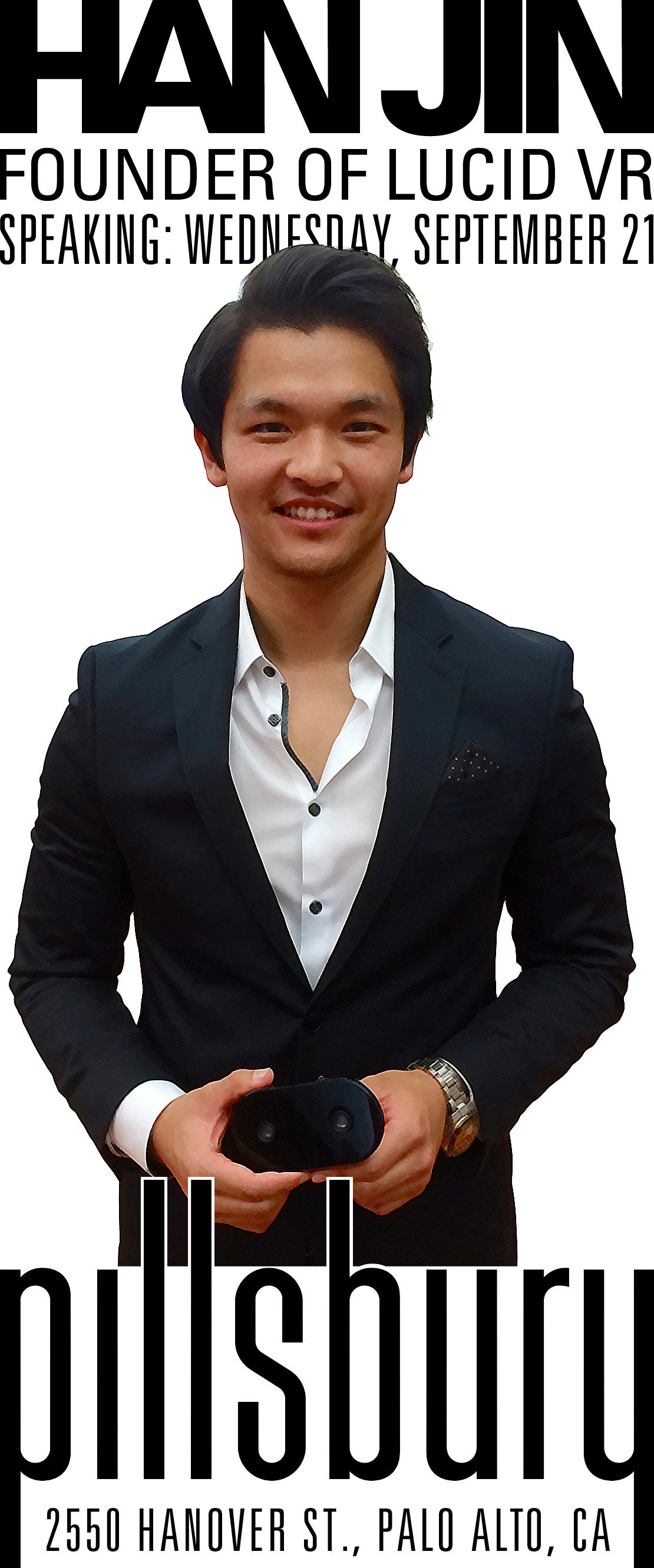Long on LUCID
 Monday, September 19, 2016 at 6:33PM
Monday, September 19, 2016 at 6:33PM 
I recently had the opportunity to sit down with LUCID Founder & CEO, Han Jin, amidst the chaos of moving their Santa Clara offices. LUCID is growing and needs more space as they ramp up for the December ship date of their crowdfunded LucidCam. One of the first things Han made clear was that LUCID is a software company without long-term interest in the hardware space. They are building the VR developer tools needed for 3D video content creation and editing. He was motivated to build the LucidCam because no good pocketable stereoscopic product existed on the market.
It quickly became apparent that Han and I shared a similar vision for VR as well as similar criticisms of the industry.
I have stated flatly that 360° video (without stereoscopy) is a fad, and not even a very popular one (I knew this both instinctively and anecdotally, Han had numbers). The industry, Facebook included, has run down a blind alley when what is most important to VR is stereoscopic content.
I have even taken heat for my suggestion that, “The use of 360° video in cinematic productions will not become a thing. Stereoscopic? Yes. 360°? No.” Last month my position gained an ally in Greg Madison, Sr. VR/AR UX Designer at Unity who, in a recent interview in Fast Company titled “3 Myths About The Future Of UX,” shot down 360° video in myth number one, stating:
Because it’s possible to have 360-degree movies, people think we need to make 360-degree movies. But I think that’s wrong … If you’re looking at how people will really watch a movie, in reality, they’re not looking everywhere. It’s nonsense. You are looking forward, and sometimes left and right, but not behind you. It’s really a waste of pixels.
Han also shares this line of thought. He had made many of the same observations I had about 360° cameras: They’re awkward to use, not pocketable, and ultimately nobody really cares what’s going on behind your head.
LUCID’s LucidCam fills a momentary gap in the market — we both agree that stereoscopy will ultimately be introduced, or shall I say “reintroduced,” into the smartphone camera market.
In 2011 we saw a flood of stereoscopic cameras and even stereoscopic smartphones. The problem in 2011 was that there was no device for content consumption. Even the first developer edition of Oculus Rift would not ship until early 2013. Now that we have stereoscopic consumption devices, nobody makes the stereoscopic cameras anymore! Instead, like a bunch of bandwagon-jumping herd animals, the entire industry ran with 360° video instead. So now we have a flood of stereoscopic consumption devices, and and no accessible stereoscopic cameras available on the consumer market … and people wonder why VR is slow to take off.


Every one of the cameras and phones above were introduced on or around 2011, and today every single one of them is discontinued. Five years ago there were multiple stereoscopic content creation devices, and no good stereoscopic content consumption devices. Now we have a dozen VR headsets on the market and nobody makes a pocketable stereoscopic camera any longer because the industry decided to do 360° instead.
The industry simply cannot get its act together.
Reader: Can you tell this issue pricks a nerve with me?
In our conversation, Han and I both concurred what will make a successful form-factor:
What can be eaten by a smartphone? Not 360°.

 As a freebee bonus, Indiegogo backers of LUCID will also receive a universal smartphone mount. The live feed is fed to an iPhone or Android device via bluetooth. When describing their product development process, LUCID even experimented with a stereoscopic smartphone case, before coming to the LucidCam’s final form factor. This would have required various fittings for different phones, and ultimately was beyond the scope of their project. In the coming year we should expect to see at least one Android come back to market with a built in stereoscopic camera (this time with human scale pupillary distance).
As a freebee bonus, Indiegogo backers of LUCID will also receive a universal smartphone mount. The live feed is fed to an iPhone or Android device via bluetooth. When describing their product development process, LUCID even experimented with a stereoscopic smartphone case, before coming to the LucidCam’s final form factor. This would have required various fittings for different phones, and ultimately was beyond the scope of their project. In the coming year we should expect to see at least one Android come back to market with a built in stereoscopic camera (this time with human scale pupillary distance).
The LucidCam has no other depth sensors beyond its stereoscopic camera pair. LUCID’s software generates a polygon model from the camera pair’s parallax data. Han looks forward to the day when the larger handset makers like Samsung and Apple begin to incorporate stereoscopic capabilities into their smartphones, and companies like LUCID can concentrate on their software.

Han Jin is smart, articulate, and can think on his feet. He’s fit, dresses sharp, and has charisma — he is a great pitchman for his product.
I’m long on LUCID. They’re betting on stereoscopic in consumer mobile, they’re building out the developer tools for content creation, their timing is right, and their founder is sharp. Keep an eye on LUCID and keep an eye on Han Jin.
The LucidCam is already available for pre-order from B&H Cameras, and will begin shipping in December. They will also be available at the B8ta Store in Palo Alto, and they’re working with other retailers, including Amazon, to expand their sales channel.
You can catch Han Jin live this week, speaking at the AR/VR Munch-n-Learn Meetup, Wednesday evening at the offices of Pillsbury Winthrop Shaw Pillman LLP, in Palo Alto. Tickets are still available, don’t miss it.


